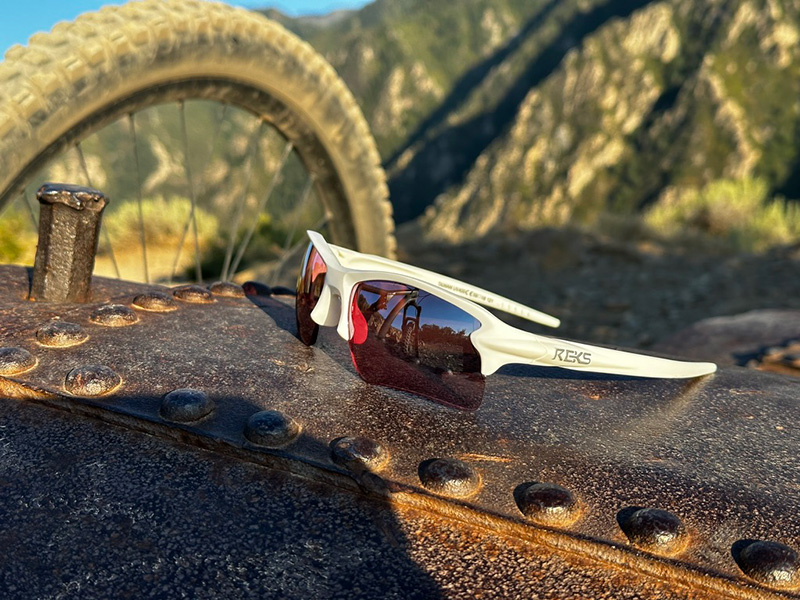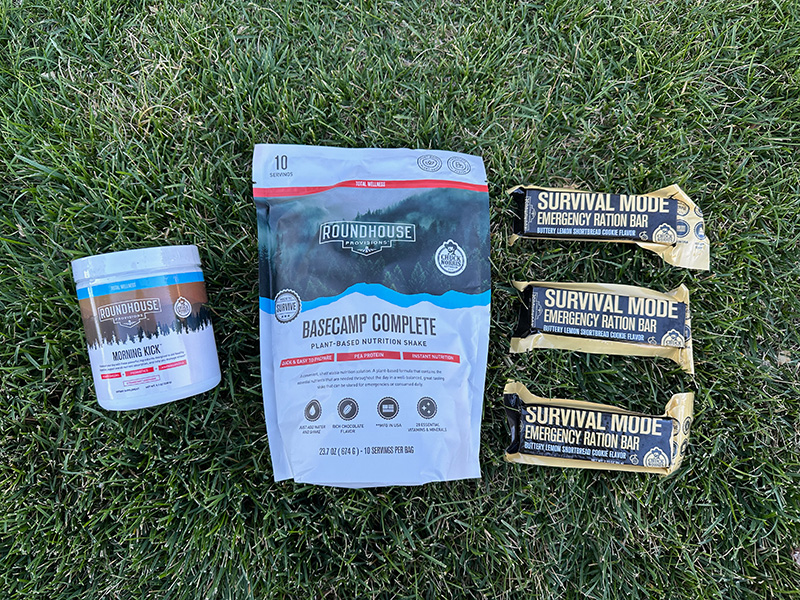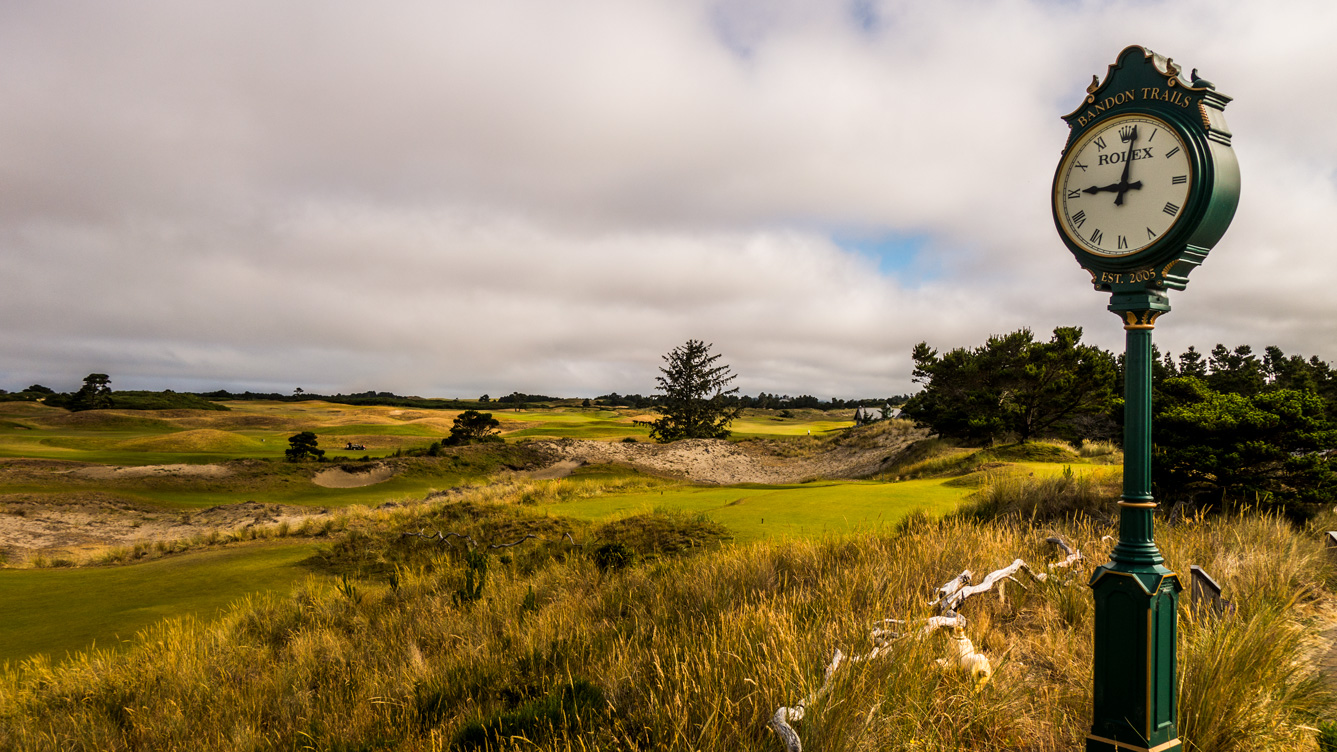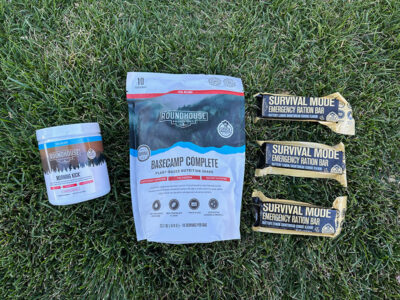Using Google Earth to Develop Golf Course Playing Strategy
This is a very geeky and cool way to develop a strategy for playing a golf course, especially one you may not have played before. You need two tools, a computer and Google Earth. To get Google Earth, go here.
I’m assuming you have your computer since you’re reading this. So now load up Google Earth. If you don’t have Google Earth, download and install it. I’ll wait.
Ok now that you have Google Earth installed, load ‘er up! It may take a minute.
While Google Earth is loading let’s talk clubs, yardages and strategy. We all know how far we hit clubs, what our strengths are, and what our weaknesses are on the course. Keep in mind what your best approach club is. Say you are most accurate with your 9-iron from 140 yards. One strategy is to try and get to 140 in the fairway on approach shots if possible. Another part of the strategy is to avoid hazards and play conservative on approach shots.
Steps
- Find course name/location/address on Google
- Find course scorecard on their website or other golf sites
- Find course map, showing the routing of the course so we know what holes we are looking at
- Locate course in Google Earth
- Use Google Earth measuring tool (the ruler icon) to measure, and analyze golf holes
Assuming Google Earth is ready, let’s find a golf course we have not played. I’m going to find a random course in Myrtle Beach, South Carolina. I’ve heard of The Witch Links, so I picked that one. I know nothing about the course.
I surfed to the course website and checked out the scorecard as well as the course layout. The layout image is pretty bad, but I can still get the routing of the course. See, when viewing a course on Google Earth you can see aerial shots of the golf holes, but they’re not numbered. You have to use a few brain cells to determine the course layout. The good thing this course had a layout map, because the first hole/tee is not next to the clubhouse. To confirm I had the right hole, I used Google Earth’s measuring tool to measure the hole length in yards. It measured at about 425 and that’s what it is from the tips on the scorecard. We are good to go.
Hole #1 Strategy

From looking at the aerial imagery on Google Earth, this looks to be a tight, tree-lined hole. The hole is only 390 from the middle tees. We don’t need to hit driver here unless we are not long hitters. A tee shot of 240-250 yards will put us in a safe and fat part of the fairway. The strategy for the tee shot is a 3-wood, or a driver if your driver goes about 250 yards. I measured from the tee to the left fairway bunker and that clocks in at 266.6 yards. Once again, that 3-wood is looking good from the tee. Even if we hit it on the line of the bunker, we won’t reach the bunker, unless our 3-wood goes 266 yards.
The approach on hole #1 is fairly simple. There’s a bunker on the right, so we want to aim left, away from the bunker.
Hole #2 Strategy

Hole #2 has a few more issues to deal with than the first hole as we can see on the map. Measuring from the teeing area to the fat and safe part of the fairway tells us that a good tee shot should be 236 yards. Take your 236 club, whatever that may be, and let it rip. The right bunker is 260 from the tee, so just make sure that whatever club you hit from the tee does not go 260!
Assuming we hit the fairway, we will be faced with a 175 yard approach. We can see that there are bunkers guarding right and left of the green. Obviously an accurate shot to the middle is best. We can take a little extra club, say a 180-185 club to be even more safe. Better to be long over the bunkers than in them if we miss left or right.
Hole #3 Strategy

Hole #3 is only 129 yards. If we measure from the tee we can see that there’s an arroyo or some kind of hazard at 79 yards. It is 20 yards deep, so the carry over the hazard is 99 yards. The left greenside bunker is 122 to the middle. Obviously we need a club which easily carries the 100 yards over the hazard. A 125 club should do it easily. The arroyo may be more for show and visual intimidation than anything. Only a very poorly struck shot is going to go 79-98 yards when we have a 125 yard club in our hands. With that bunker on the left, we will be aiming to the right half of the green, no matter where the pin is.
Hole #5 Strategy

Since we’ve already done two par-4’s, we will skip the par-4 4th and go to the par-5 5th. This hole according to the scorecard is fairly long at 574 from the tips and 535 from the white tee. From the looks of it, this appears to be a very cool golf hole.
Measuring out the right fairway bunker tells us that a carry over that bunker is 286. So unless you can fly your driver over 290 yards, playing short left of it with your driver at about 250-275 yards or less is great. Keep that bunker out of play.
The next shot is a layup. The obvious best approach to the green is from a fat area of the fairway about 118 yards out. To get to that point from where our tee shot finished, we need to hit a long iron or whatever club will take us about 210 yards. 210 is also safe on the line we are traveling. It will not go through the fairway.
Once we’ve navigated the layup properly we are faced with a relatively easy approach of less than 120 yards. There is a greenside bunker short right, so we will make sure we have plenty of club to carry the shot over that bunker in case we go a little right.
These are some fairly straight forward examples. By using Google Earth (or aerial imagey on web based maps), we can get a good idea where the hazards and placeds to avoid are. Often times course designers throw in features you can’t see from the tee. We can see them from satellites though!
Next time you’re playing a new course, at least take the time to look at each hole from an aerial view so you know what hazards and challenges are there before you play. If you have the time and computer skills, you can use Google Earth’s tools to measure shot distances for great course management.
While this is a great strategy and helps us learn the course before even seeing it, other factors like wind conditions and elevation change are not covered. We will have to adjust for those variables on the fly, so to speak.















I did this when I played in the state Mid-Am on courses I’d never seen before in person. I used a “draw circumference on Google Maps” tool online to create arcs with the 100, 150, 200 and 250 yard lines. I then used Inkscape to lay out each hole 4″x6″ then printed them on photo paper and spiral bound them. Very professional result if I may say so myself, but my play did warrant the work that week.
Good idea….if you don’t have a modern golf GPS device. Many (like my Garmin Approach G6) can do all the same stuff you recommend, albeit on a smaller screen. That includes previewing the course on most devices.